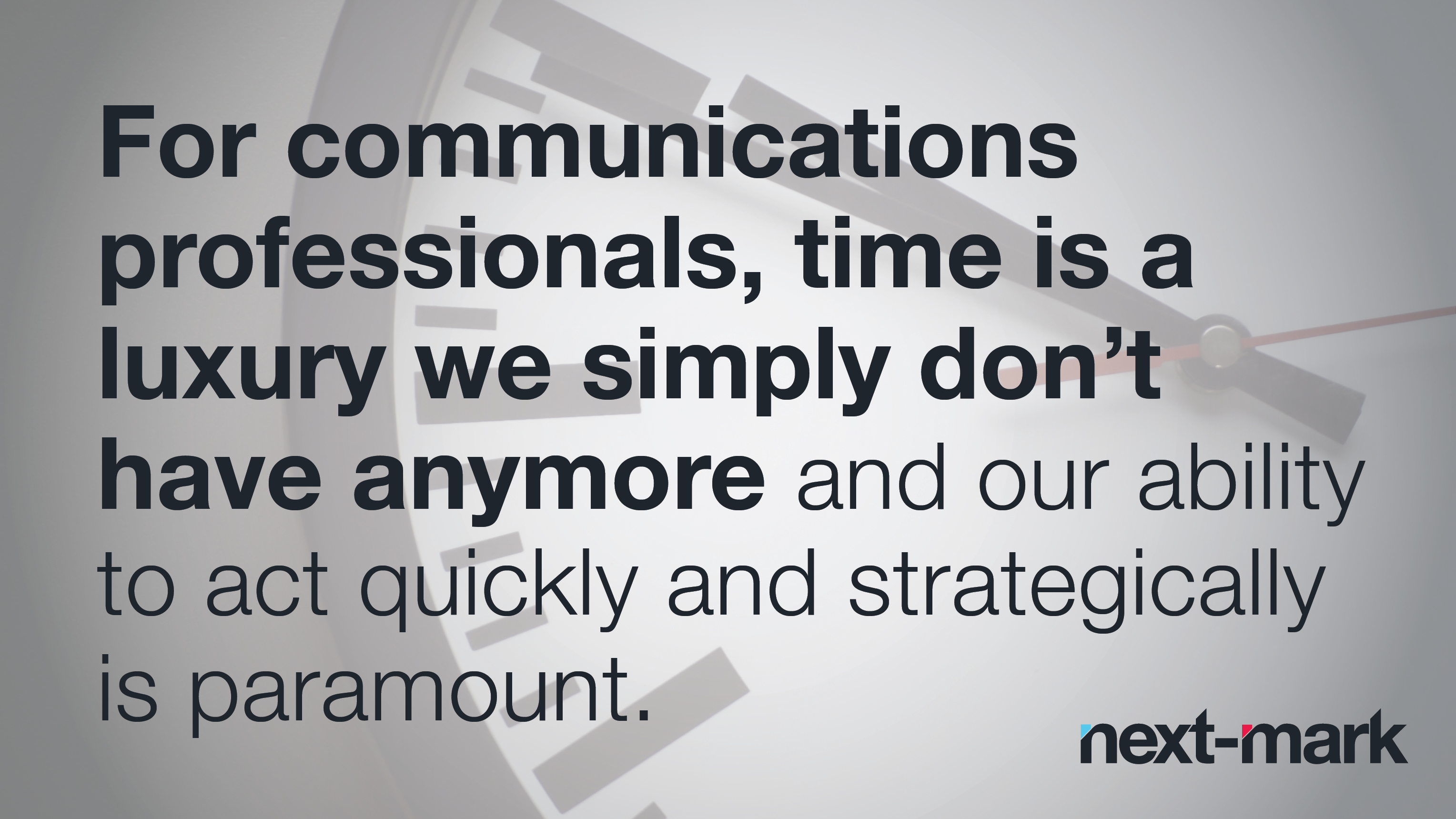
Here we are—a whole year since the pandemic began to pick up speed in the U.S. Lockdowns and working from home became the new norm while businesses learned how to adapt in a fast-changing world.
In the blink of an eye, many marketing professionals were forced to revisit their strategies. Marketing isn’t just about selling a product. It’s about creating an experience and many of these consumer experiences were disrupted. Though things looked bleak a year ago, businesses can still thrive if they apply what’s been learned about the changing world and consumer needs. So, after a year of COVID, what have we learned regarding marketing? What is still relevant and what needs to change? Here are six tips for marketing in the post-pandemic world.
1. Keep up with Social Media
Social media has always been part of the marketing conversation. But this past year has proven that it’s here to stay. Social usage has increased dramatically and new users continue to grow. Platforms like Facebook and Instagram became crucial in communication and social interaction since in-person meetings became nonexistent. Having a business presence on social media is essential in B2B and B2C opportunities and is key to spreading awareness and promoting your product or service.
2. Show Empathy
The approach to messaging has undergone a substantial shift due to flashbulb events and cultural changes in 2020. To remain relevant and show respect regardless of background, financial status or circumstance, show empathy within your messaging and promotions strategy. Use encouraging messages on social, offer your support in local community outreach programs or sponsor events like food banks. Many people are looking for a helping hand which provides an important opportunity for any business to lend a helping hand, and as a by-product, potentially gain community exposure and establish a strong customer-company bond. Establishing programs that give back to the community and getting employees involved has been proven to increase office morale and drive employee advocacy.
3. Invest in SEO
Digital marketing is heavily reliant on an efficient SEO strategy. Major corporations are investing more in search engine optimization, with the average consumer shopping more online. Digital channels are becoming more and more crowded, fueling greater website competition. Small businesses especially need to invest in SEO to stand out from the noise and traffic of their larger competitors. Creating engaging, concise content is key to encouraging engagement and driving more clicks to your website.
4. Professional PR Practices
When it comes to PR in a post-pandemic world, showing high ethics and professional morals needs to be an intricate part of all communications. Also, be sensitive about your content. Some have lost their jobs and loved ones. Always be researching the current state of your community and stay relevant. Virtual meetings will also continue to be an option for years to come. Without a face-to-face set up, keeping the media’s attention can be difficult. Instead, bring your story to light through social media, e-commerce platforms, your website, add the press release as a blog or share your own content on as many platforms as possible.
5. Innovative Content
To survive change on a worldwide scale, you need to be an innovator. Innovation arises from need and needs have certainly changed within the past year. Consumer expectations were already on the rise before Covid-19 and now they expect experiences to be even more personalized. This is where creative and innovative content is key. Create a fast and convenient user experience. What kind of visual journey will keep users engaged and want to learn more?
6. Create Experiences
Marketers need to be storytellers. What journey will the consumer embark on leading to closing a sale or onboarding a new client? The customer journey has been disrupted in many industries this past year, requiring new and creative ways to engage customers primarily online. Run exclusive deals and offers that get people interested by issuing exclusive coupon codes. Use Facebook and Google ads to broaden your reach across the country with strong and eye-catching creative showcasing your product or service. Reach out to existing customers and run referral offers where people receive discounts for each person they refer to you. The creative ideas businesses can think of to interact with their customers and create memorable experiences are endless.
For those up to the challenge, the coming years will be bright. Most people run from change, but change is truly inevitable, especially in the marketing world. Those with the willingness to learn, grow and adapt will come out on top and prove to be more resilient than they ever thought possible. The post-pandemic world will be what we choose to make it, so let’s make it great.



